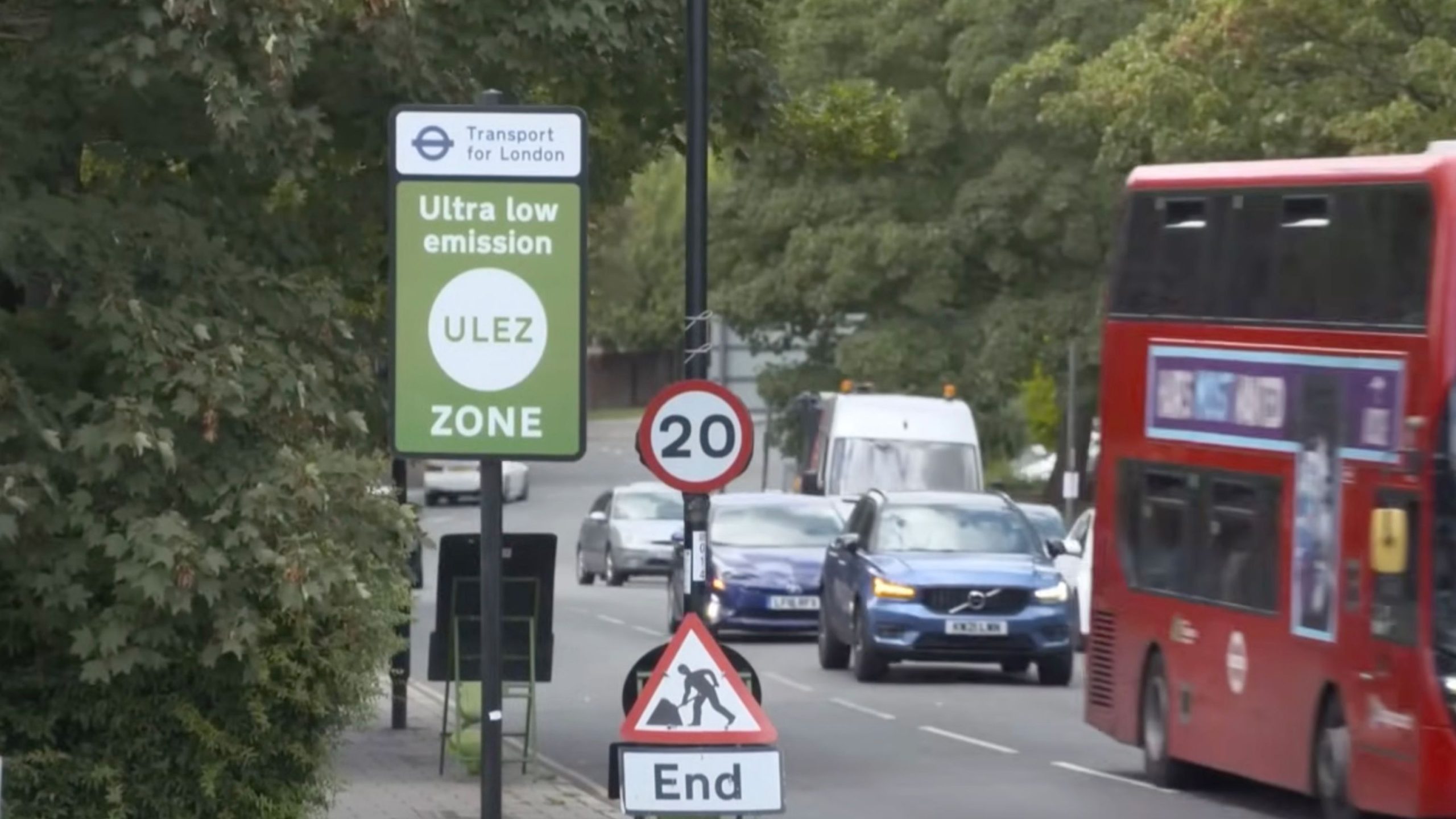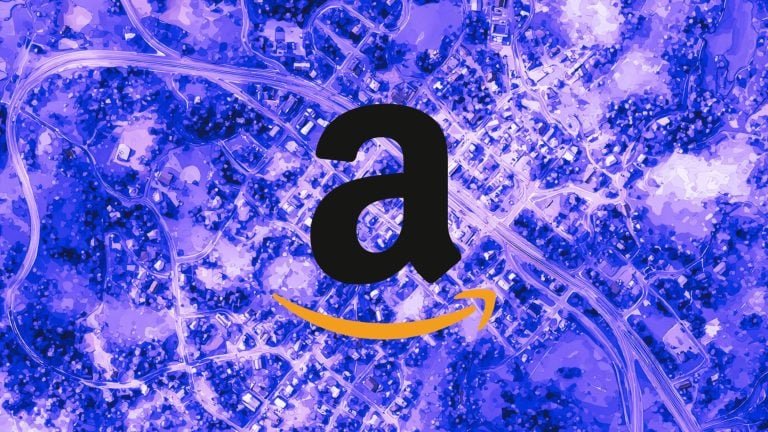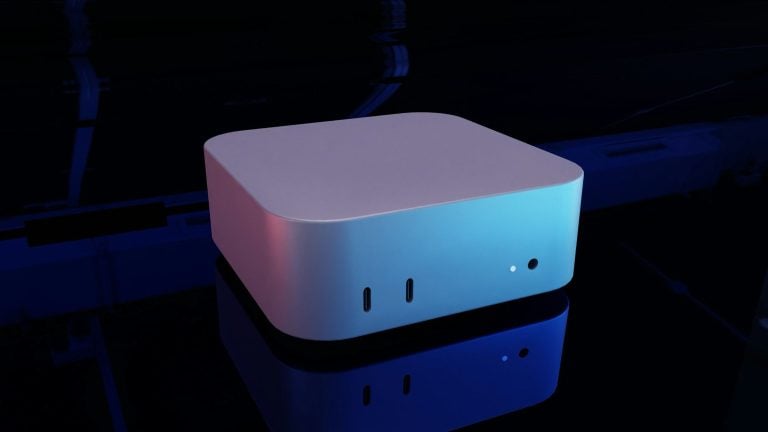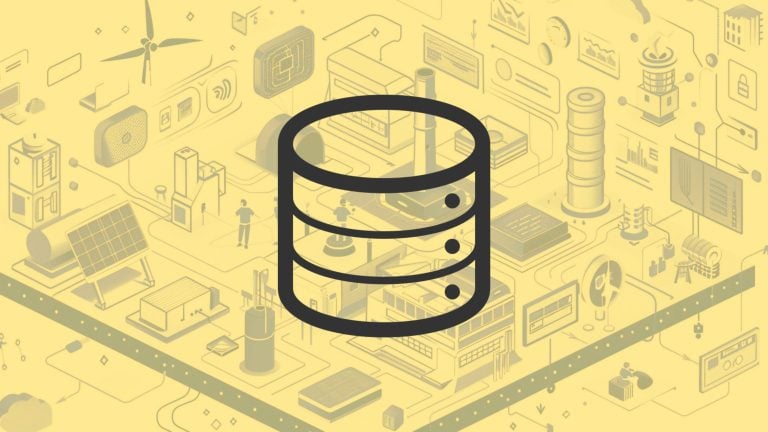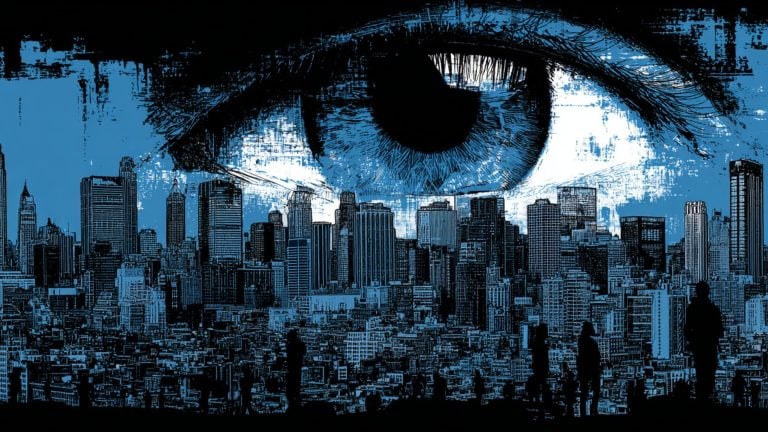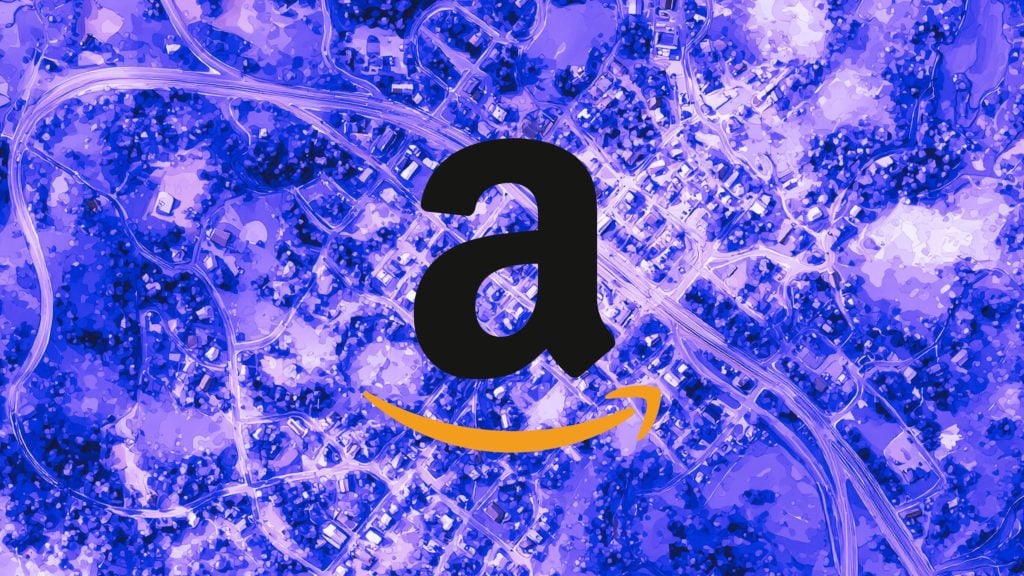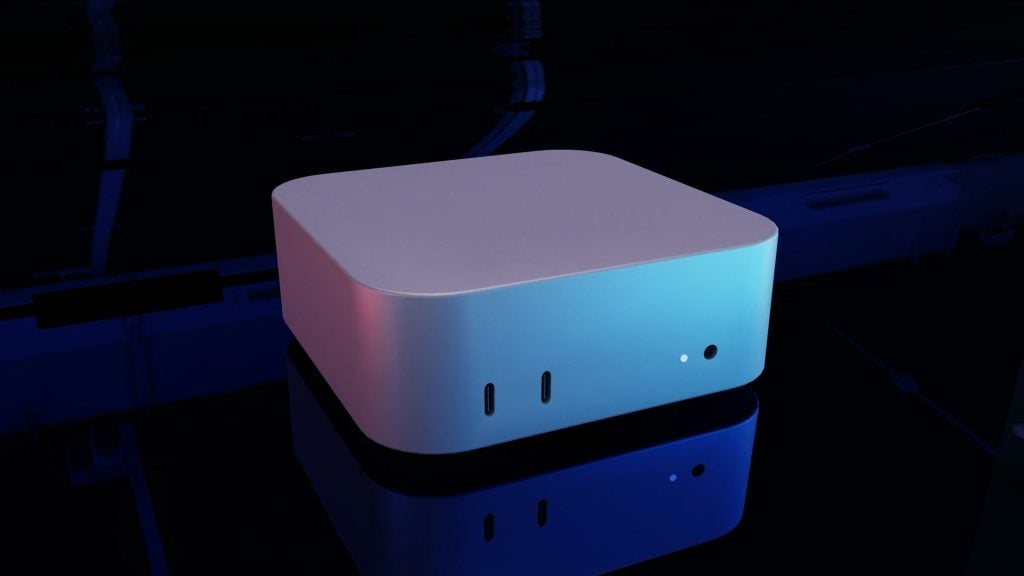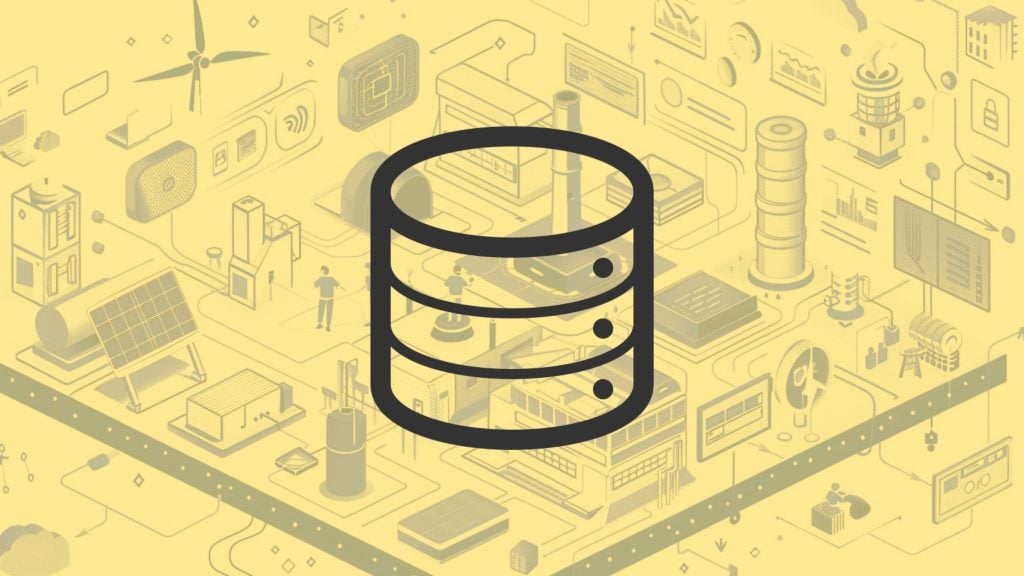If you live in Greater London, chances are you’re being watched right now. Not by MI5. Not by your nosy neighbor. No, it’s far more mundane than that. You’re being monitored by Mayor Sadiq Khan’s army of always-watching number plate cameras, installed under the noble banner of cleaning the air.
And here’s the twist: the air hasn’t changed. But the surveillance? That’s permanent.
When the Ultra Low Emission Zone was expanded in 2023 to cover the entire city, 579 square miles of roads, driveways, and backstreets, the stated goal was to reduce pollution.
What it actually achieved was the creation of one of the most comprehensive, always-on vehicle tracking systems in the country. Possibly the continent.
Thousands of cameras now scan and record every single vehicle, every single day, across every borough. And according to new research from the University of Birmingham, all of this has achieved virtually nothing significant in terms of environmental impact.
The emissions stayed. The cameras stayed. And the idea that this was ever about clean air is beginning to look like a fig leaf for something else entirely.
ULEZ cameras were sold to the public as environmental guardians. But what they actually do is log your number plate, check it against a central database, and charge you if your vehicle doesn’t meet emissions standards.
It doesn’t matter if your car is powered by sunshine and tofu. You’re still being recorded, timestamped, location-mapped, and uploaded into Transport for London’s data system. And the longer it runs, the harder it becomes to believe this is just about exhaust fumes.
Let’s be blunt: if this were a police surveillance network, the civil liberties brigade would be chaining themselves to lampposts. But because it’s got a green sticker on it, few blinked. It’s surveillance by stealth, a policing movement dressed up as progressive policy.
And the worst part? The public is paying for it.
The expansion cost Londoners £155 million ($206M). Not for scrubbing the air. Not for planting trees. For cameras. Lots of them. The kind of city-wide, high-resolution, automatic number plate recognition system that intelligence agencies dream about.
Within a week of going live, it was generating £5.3 million in revenue. And unlike actual policing or healthcare, this system runs itself.
London’s government insists it’s working. They point to drivers upgrading vehicles before the expansion. Which is a bit like saying the fire alarm is a success because someone already put the fire out before it rang.
Even the study’s co-author, Dr Suzanne Bartington, admitted the current ULEZ setup fails to tackle the core public health risks like PM2.5 pollution, the stuff that actually gets into your lungs and bloodstream.
“The current ULEZ approach does not fully address significant traffic-related public health issues,” she said.
So if it doesn’t result in cleaner air, what does it do? It tracks people. Relentlessly. Quietly. In real time.
Let’s not kid ourselves. A surveillance grid this large, this well-funded, and this politically untouchable isn’t going to stay limited to emissions fines forever.
Privacy groups have already warned that the ULEZ system could be repurposed for just about anything.
From catching speeding drivers to enforcing low-traffic neighborhoods. From congestion pricing to vehicle bans. Or, if the mood strikes City Hall, tracking “suspicious patterns of movement.” After all, the tech’s already in place. It would be a shame not to use it.
And let’s not forget: this all happened without a real public debate. There was no referendum. No opt-out. No serious oversight. Just a green slogan and a lot of money.
“This is just further evidence that the ULEZ expansion was about raising money rather than improving air quality,” said Thomas Turrell, of the City Hall Conservatives.
“Yet again, Sadiq Khan is ignoring the evidence when it doesn’t suit his agenda.”
Even Bromley Council leader Colin Smith weighed in with a dose of brutal clarity:
“Had it been about air quality, Mayor Khan would have started where the air in London is dirtiest – in his own tube network. But no, there were no motorists to fleece there.”
So here we are. The air is still dirty. The cameras are still on. And millions of journeys are now quietly logged by a system that was never designed to turn off.
We were told this was about health and climate. It’s really about control. A system that tracks your car is a system that tracks you. And once it’s normal to be watched everywhere you go, it’s very hard to roll that back.
ULEZ may have been introduced as an environmental policy. But its real legacy will be this: the normalisation of mass surveillance, hidden behind a green curtain.
Because in the end, the emissions weren’t the target.
The people were.

